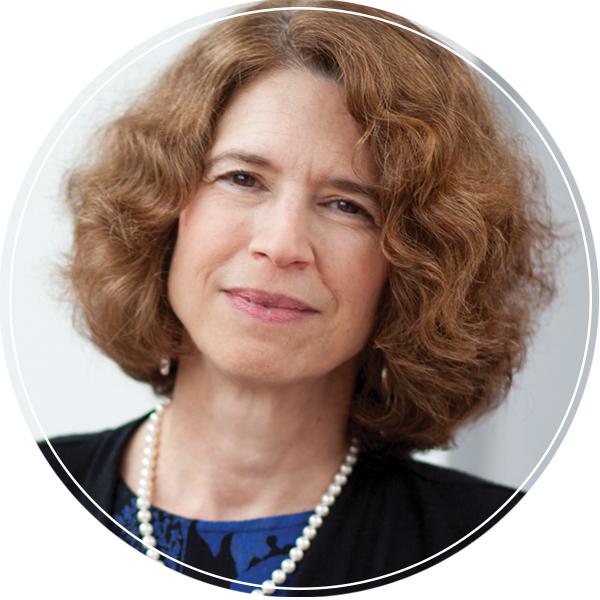Inventing the Edge | Constance Helfat
The series "Inventing the Edge" explores the research of 10 celebrated professors and its impact on business knowledge.

Constance E. Helfat
J. Brian Quinn Professor in Technology and Strategy
Why do some firms perform better than others? It’s a simple question with a myriad of complicated answers. In the academic context, finding those answers is the quest of business strategy professors. One prominent framework for deciphering the factors of high performance is the resourced-based view, a theory that originated in the 1980s which holds that firms exploit their unique tangible and intangible assets to succeed—such as brand names, factories, or skilled personnel. But firms have something more than resources at their disposal. They also have routines and processes, which in the parlance of strategy are called “capabilities.” Two professors at Yale— Richard Nelson and Sidney Winter—pioneered the study of capabilities. They also happened to be some of Constance Helfat’s favorite teachers during her graduate work.
Helfat’s dissertation advisor at Yale, Richard Levin (the president of the institution from 1993-2013), introduced her to David Teece, a professor at Berkeley who put a spin on the capability theory. Teece studied the particular capabilities that allowed firms to deal with a changing environment, such as sensing and seizing opportunities and threats, and then reconfiguring the firm to take advantage of them. Teece called these “dynamic capabilities.” Helfat, who had always been interested in the challenges of change, saw in dynamic capabilities the path forward for her own research interests, which had to do with the role of innovation in strategic change. It became her life’s work.
A firm’s dynamic capabilities are assets that facilitate strategic change.”
Fast forward thirty years. Dynamic capabilities, as an approach to strategy, now coexists alongside the resource-based view. And Helfat is one of a handful of authoritative voices in the dynamic capabilities literature, having published many highly-cited journal articles and the definitive book on the topic (co-authored with Teece, Winter, and others including Tuck colleagues Sydney Finkelstein and Margaret Peteraf).
“Before, people thought firms couldn’t cope with strategic change, and that incumbents were always at a disadvantage when something changes in the competitive environment or with technology,” Helfat explains. “Dynamic capabilities says, Wait a minute, some firms do better than others at promulgating and reacting to strategic change, so maybe we can think carefully about what enables them to do it. That was just a home-run idea.”
Further Reading
Constance E. Helfat et al. Dynamic Capabilities: Understanding Strategic Change in Organizations. Oxford, Blackwell Publishing, 2007.

PreviousScott Neslin |
